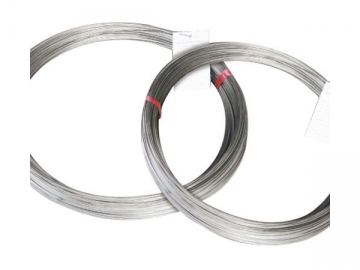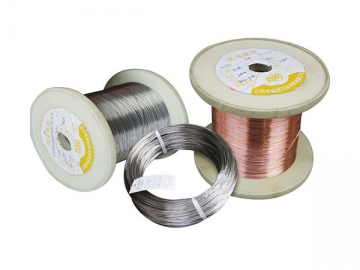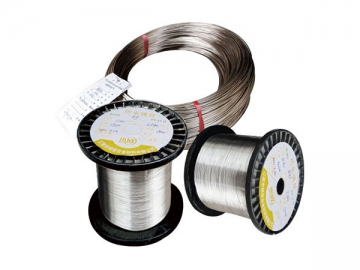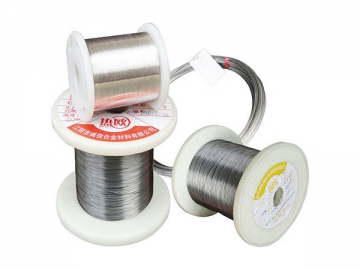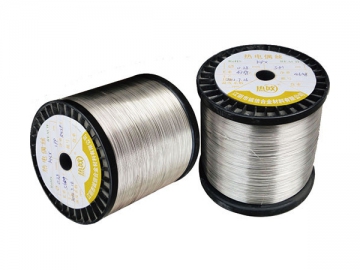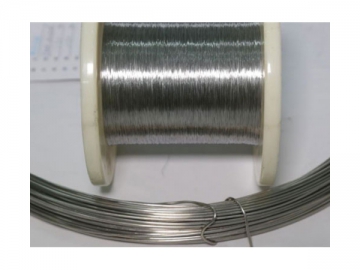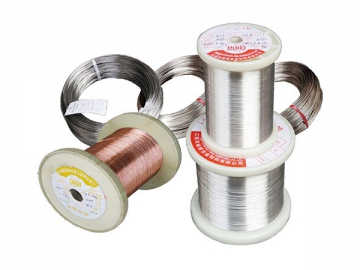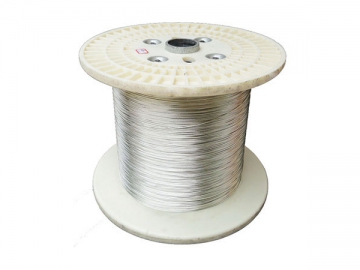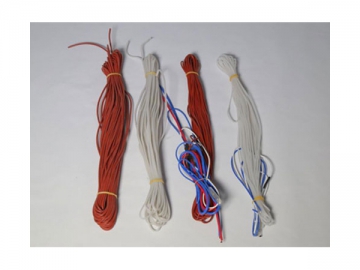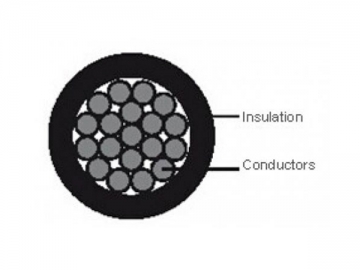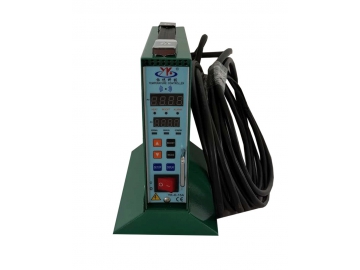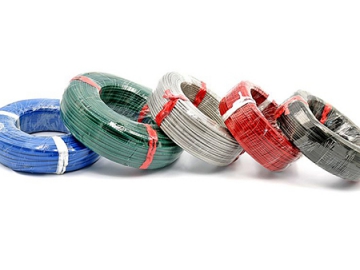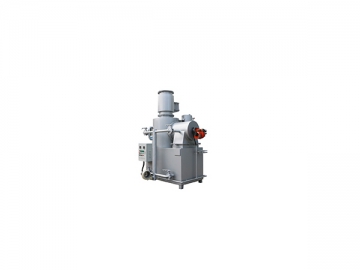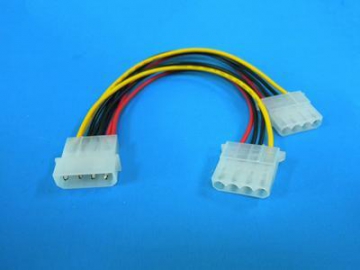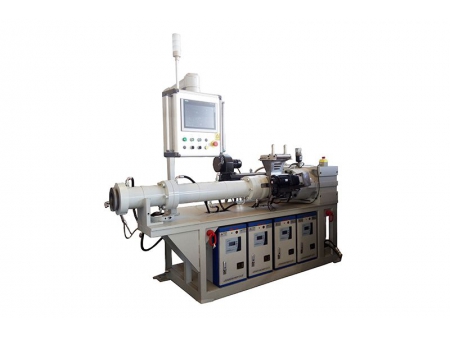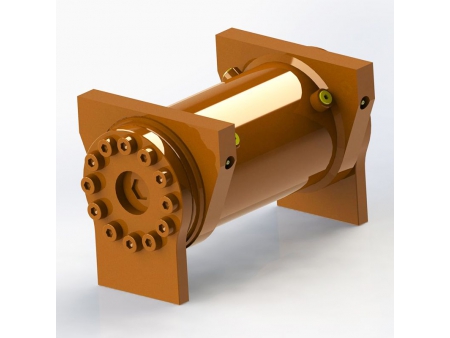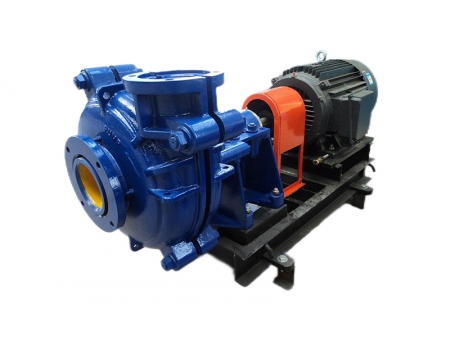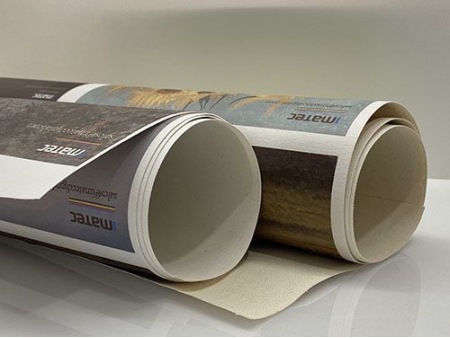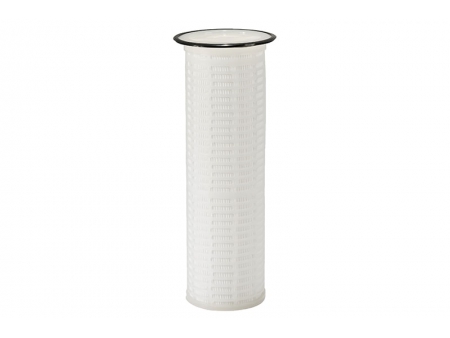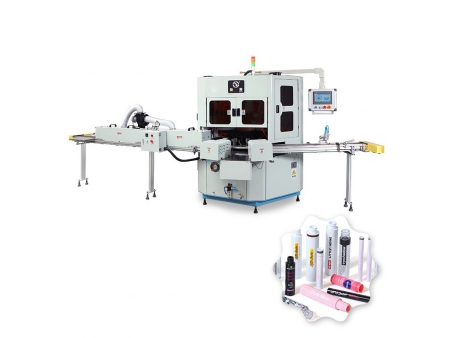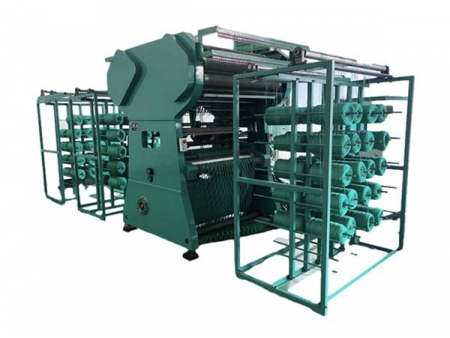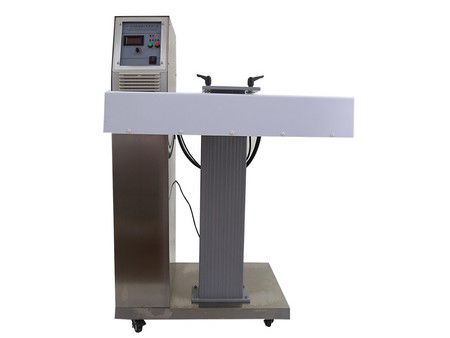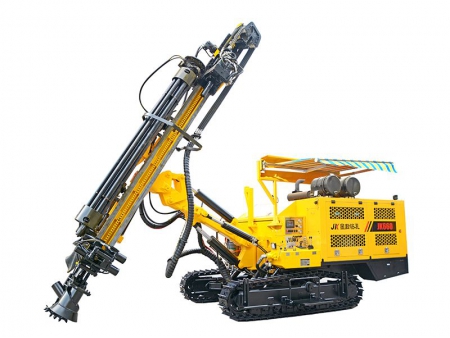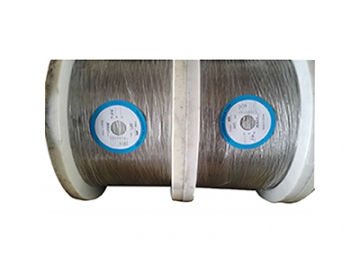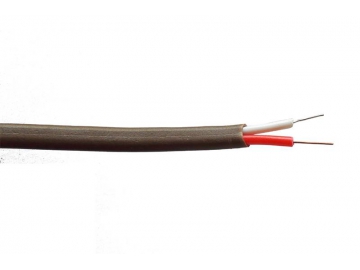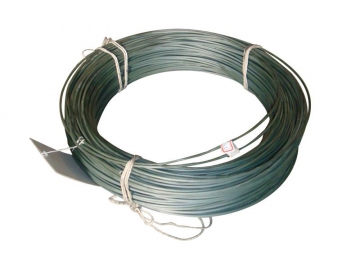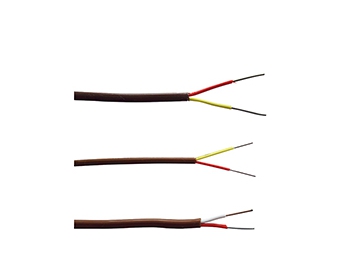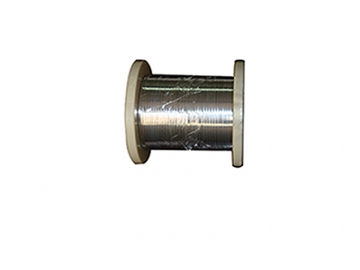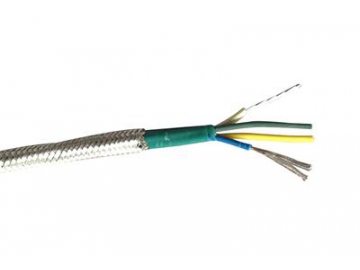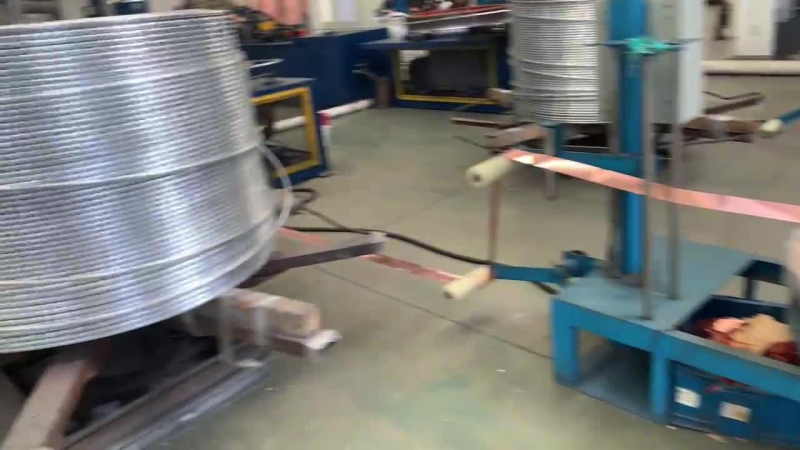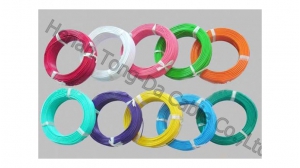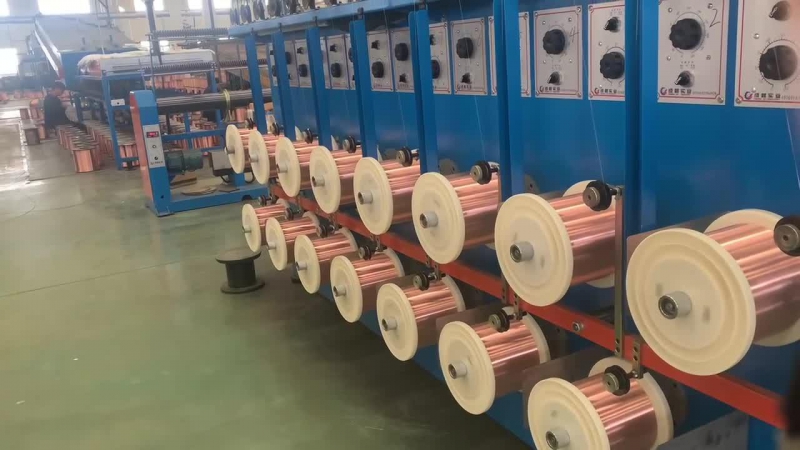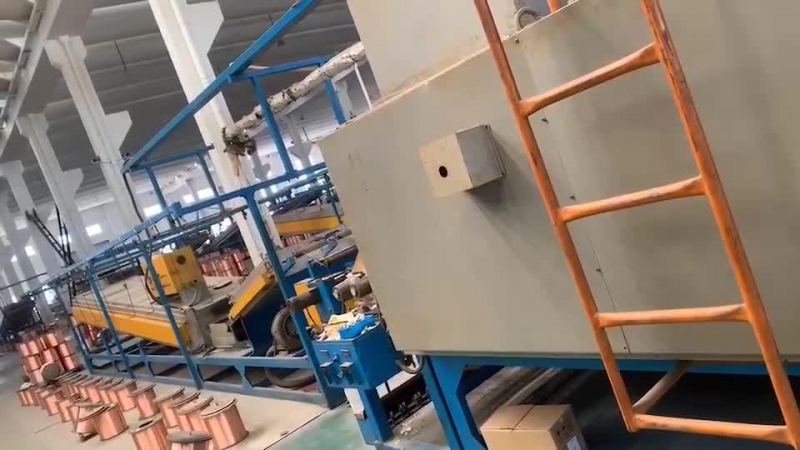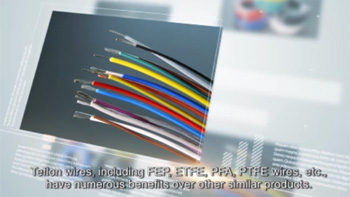Thermocouple Wire
Usage:
Thermocouple wires are used between different heating wires in all sorts of applications including highly precise and delicate systems such as nuclear reactors, submarines, aircraft and industrial kilns.
Marketing Promotion:
The principle behind a thermocouple, due to Seebeck's discovery is a circuit formed using two different kinds of metal conductors joined at the ends. A temperature differential at each end will produce a voltage.
The resulting electrical forces will be proportional to the temperature difference between junctions.
A thermocouple acts as a temperature sensor.
Thermocouples are a reliable method for measuring temperature, sometimes the only possible method in certain applications.
The thermocouples can be created with various combinations of alloys.
Our thermocouples can be used to measure temperatures from 100 ° C to 1000 ° C.
Thermocouple alloys most commonly used are types E, J, K, N and T.
Type E
This type has the advantage of not having a magnetic response during use. It is used in applications requiring high values of EMF and resistance to oxidation in a higher range of working temperatures ranging from 150 ° C to 870 ° C. It is sometimes used in thermal generators. Arranged in series, a thermopile can measure very small temperature differences precisely.
Type J
Works well in a vacuum and in a temperature range of 0 to 750 ° C, but not recommended for low temperatures, because of problems due to the oxidation of iron.
Type K
It allows a measure in a wide temperature range: -270 ° C to 1260 ° C in the treatment of industrial furnaces, manufacturing operations and some of the most requested applications such as nuclear reactors or jet aircraft. It is particularly recommended in oxidating or inert atmospheres.
Type N
Type N thermocouple wires have good stability and good resistance to high temperatures (-270 to 1300 ° C)
Type T
These thermocouples are particularly suitable for use at low temperatures (-200 to 350 ° C) such as for cryogenic applications.
We have developed specific casts for "thermopile" applications. The particularity of these alloys is to have the ability to develop the highest EMF from all referenced thermocouples. These alloys are used when seeking higher electromotive forces. These systems are used for equipment that have high safety requirements.
Note:
1. Do not store for longer than 6 months.
2. Do not use in humid environments.
| Name | Usage Classification | Grade | Operating temperature range ( ℃ ) | Temperature range ( ℃ ) | Tolerance | Standard | |
| Long term | Short term | ||||||
| NiCr-NiSi-NiAl (Type K) thermocouple bright wire | K | I | 1200 | 1300 | -40~1100 | ±1.5℃ or ±0.4%t | GB/T2614 |
| Ⅱ | -40~1300 | ±2.5℃ or ±0.75%t | |||||
| NiCr- CuNi(Type E) thermocouple bright wire | E | I | 750 | 900 | -40~800 | ±1.5℃ or ±0.4%t | GB/T4993 |
| Ⅱ | -40~900 | ±2.5℃ or ±0.75%t | |||||
| Fe- CuNi(Type J) thermocouple bright wire | J | I | 600 | 750 | -40~750 | ±1.5℃ or ±0.4%t | GB/T4994 |
| Ⅱ | ±2.5℃ or ±0.75%t | ||||||
| Cu- CuNi (Type T) thermocouple bright wire | T | I | 300 | 350 | -40~350 | ±0.5℃ or ±0.4%t | GB/T2903 |
| Ⅱ | ±1℃ or ±0.75%t | ||||||
| III | |||||||
| -200~40 | ±1℃ or ±1.5%t | ||||||
| NiCrSi-NiSiMg(Type N) thermocouple bright wire | N | I | 1200 | 1300 | -40~1100 | ±1.5℃ or ±0.4%t | GB/T17615 |
| Ⅱ | -40~1300 | ±2.5℃ or ±0.75%t | |||||

